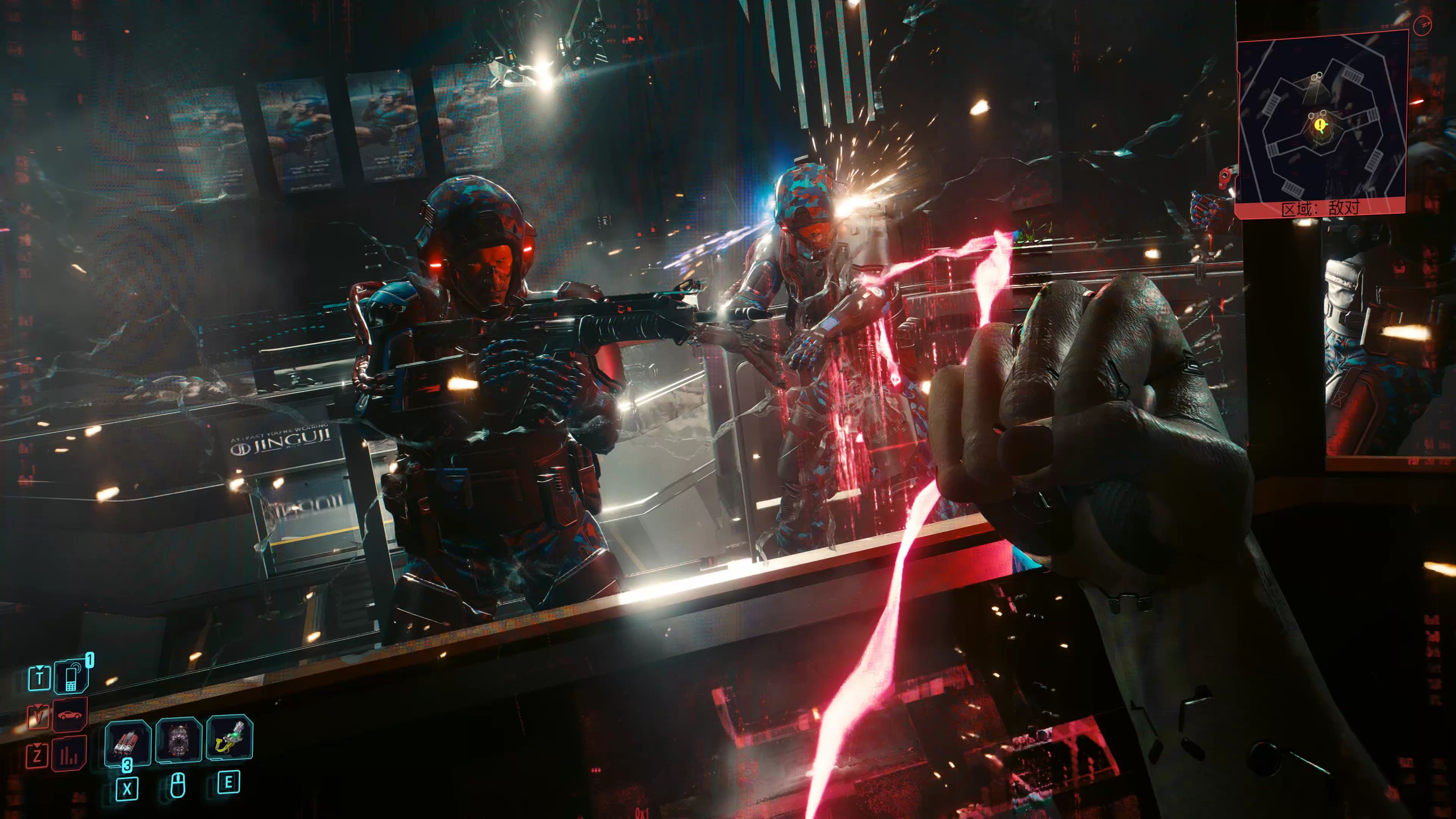The world of Japanese role-playing games (JRPGs) has been profoundly shaped by the proliferation of the "gacha" mechanic. Originating from mobile games, this system, where players spend currency for a random chance to obtain characters or items, has become a dominant monetization model. When Fire Emblem: Engage, a mainline title in the storied tactical RPG franchise, introduced its "Summoning" system, immediate comparisons were drawn. However, a deeper analysis reveals that while Engage's summoning shares a superficial resemblance to gacha systems, its core philosophy, implementation, and impact on the player experience are fundamentally different. It is less a traditional gacha and more a strategic extension of the game's core mechanics, cleverly repackaging nostalgia as a customizable tactical resource.
At its most basic level, a JRPG gacha system is built on several key pillars: premium currency, rarity tiers, and the "pull." Players acquire or purchase a special currency, which is then used to perform summons or "pulls" from a vast, often rotating pool of characters. The outcomes are weighted by rarity (e.g., 1% for the highest rarity, 99% for common units), creating a powerful loop of anticipation and variable reward. This model is intrinsically linked to monetization; the desire for specific powerful characters encourages repeated spending, a practice often criticized as predatory when it skirts the lines of gambling. Games like Genshin Impact, Fate/Grand Order, or Fire Emblem's own mobile counterpart, Fire Emblem Heroes, are built entirely around this economy.

Fire Emblem: Engage's summoning system, centered on the Emblem Rings, mirrors this structure only in its outermost layer. The player uses a resource—Bond Fragments—to summon "Bond Rings" from a pool associated with a specific Emblem, such as Marth or Celica. The rings come in different rarity tiers (S, A, B, C, etc.), and the outcome of each summon is random. This is where the similarities end. The critical divergence lies in the nature of the resource and the utility of the summoned items.
Bond Fragments in Engage are a non-premium currency. They cannot be purchased with real money. They are earned abundantly through a multitude of in-game activities: completing battles, achieving ranks, cooking meals, completing achievements, and even petting the mascot character Sommie. This fundamentally alters the player's relationship with the system. There is no financial pressure or fear of missing out (FOMO) driven by a ticking clock and a limited wallet. The summoning becomes a resource sink—a way to spend an excess of a common currency—rather than a potential financial pitfall. The system is designed to be engaged with frequently and liberally, without real-world consequence.
Furthermore, the functional role of the summoned items is vastly less impactful than a character in a gacha game. In a true gacha, obtaining a new high-rarity character can be game-defining, unlocking new story content, abilities, and strategies. It directly expands the player's roster. In Engage, Bond Rings are stat-boosting accessories. A high-tier Bond Ring might provide a modest boost to Strength or Speed, or a minor skill. They are supplementary gear, not core units. The truly powerful entities—the Emblems themselves—are not subject to gacha mechanics. They are acquired through fixed story progression, ensuring every player has access to the same foundational tools. The summoning system merely allows for customization and min-maxing of the units you already have. It adds a layer of incremental optimization, not a lottery for essential gameplay components.
This leads to the most significant distinction: the purpose of the randomness. In gacha systems, randomness is the primary driver of engagement and revenue. The "thrill of the pull" is the core loop. In Engage, the randomness serves a different master: nostalgia and tactical flexibility. The Bond Rings feature characters from the entire Fire Emblem franchise, many of whom are minor or obscure. For a series veteran, pulling a rare ring for a beloved character from a past game is a delightful Easter egg, a small dose of fan service. The randomness creates moments of surprise and personal connection that a fixed shop could not replicate.
Tactically, the system encourages players to think about probability in the context of army building. If you want to maximize a specific stat for a physical damage dealer, you might spend your Bond Fragments on the Emblem Ring pool that has the best chance of yielding a high-tier ring with a Strength bonus. It becomes a strategic decision about resource allocation rather than a desperate gamble. The "pity" system in Engage—where you can eventually trade in a large number of low-tier rings for a specific high-tier one you want—further reinforces this. It’s a deterministic safety net that allows players to work towards a specific goal, mitigating the frustration of pure RNG without the exploitative pricing often seen in commercial gacha games.
Perhaps the most telling comparison can be made within the Fire Emblem franchise itself. Fire Emblem Heroes is a quintessential, and highly successful, gacha game. It employs all the standard tactics: premium orbs, limited-time banners featuring powerful characters, and a rarity system that makes obtaining specific units a costly endeavor. Engage’s summoning feels like a deliberate, single-player-friendly reinterpretation of this model. It takes the satisfying "clicking" and collection aspect that players enjoy but strips away the monetization and power imbalance, integrating it instead as a supportive mechanic within a complete, paid game.
In conclusion, to label Fire Emblem: Engage's summoning system as a "gacha" is a mischaracterization that overlooks its nuanced design. It borrows the aesthetic and the satisfying ritual of randomization but places it within a context that is devoid of financial pressure. The system is not a revenue engine but a tool for player expression, nostalgic connection, and tactical fine-tuning. It demonstrates that game designers can learn from the engaging loops of popular models like gacha without adopting their potentially harmful economic practices. Engage’s summoning is a testament to how a familiar mechanic can be adapted to serve a game’s strategic heart, providing a layer of depth and personalization that complements, rather than controls, the core experience.














